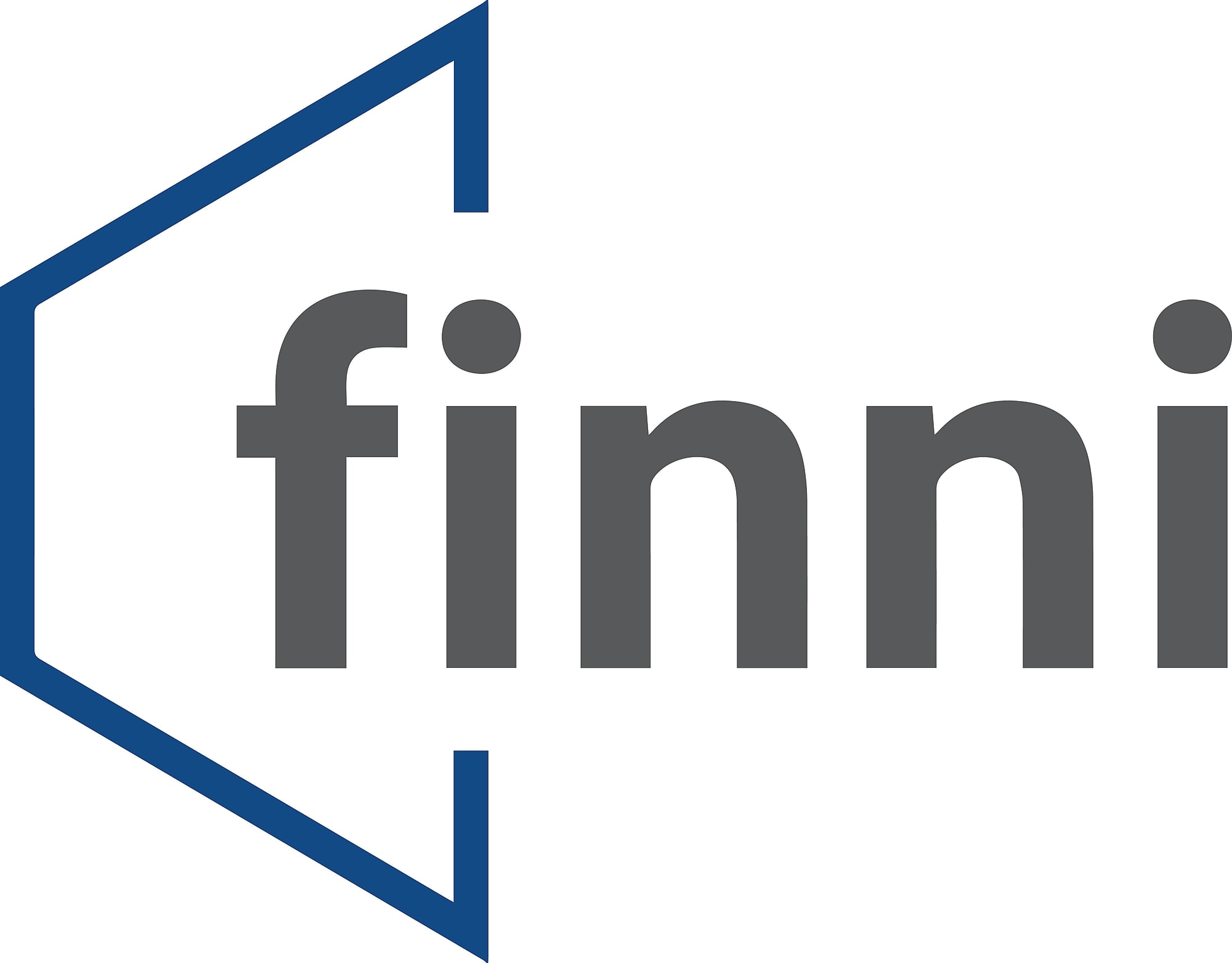Regional home values, rents reach new record highs: CoreLogic
Dwelling values across regional Australia saw the fastest quarterly growth rate in almost two years, according to new research.

CoreLogic’s Regional Market Update for May 2024 has revealed that dwelling values across regional Australia rose by 2.1 per cent over the three months to April, the strongest result since the three months to May 2022 (2.9 per cent).
Regional dwelling values outpaced capital city values, which rose by 1.7 per cent over the three months to April, according to the latest quarterly regional report, which has analysed Australia’s largest 50 non-capital city significant urban areas (SUA) and examined performance across dwelling values and rents.
The strong growth rate across regional Australia saw the combined regions record a nominal recovery in March, after which dwelling values reached new highs in April, CoreLogic Australia economist Kaytlin Ezzy said.
“After falling by 5.8 per cent between May 2022 and January 2023, regional home values have seen a slower recovery compared to capital city values but have now regained the losses from the downturn to reach a new record high,” Ezzy said.
Across the SUAs, values returned to a peak in only 19 markets, while Ballina values remained 15.9 per cent below the April 2022 peak (the largest decline from the recent peak among the top 50 SUAs).
Geraldton in Western Australia recorded the largest rise in values (up 8.8 per cent), followed by Busselton (7.7 per cent), and Bunbury (6.4 per cent).
Queensland made up four of the remaining top 10 SUAs for quarterly growth, while NSW, South Australia, and Tasmania each had one market in the top 10.
Meanwhile, four Western Australian markets and eight Queensland markets recorded double-digit growth over the year. Bunbury in Western Australia recorded the largest annual increase (20.7 per cent) over the year, followed by Rockhampton (16.4 per cent) in Central Queensland.
On the other hand, five NSW and three Victorian regional markets recorded a quarterly decline.
Ballarat in Victoria and Port Macquarie in NSW recorded a 2.0 per cent decline. Ballarat also recorded the weakest annual growth, with values falling 4.2 per cent over the year, followed by Batemans Bay in NSW, where values fell by 2.0 per cent over the three months to April.
Sales activity began picking up pace over the 12 months to February across the 50 SUAs, with the number of markets recording an annual rise in activity (18) doubling compared to the 12 months to November (nine).
Lismore, NSW recorded the largest rise in sales numbers, with sales activity surging by 103.5 per cent compared to the 12 months to February 2023. Indeed, the combined impacts of the 2022 floods and rising interest rates resulted in plummeting sales activity.
The fastest selling times were recorded in Western Australia’s Bunbury (14 days on market), Busselton (16 days), and Albany regions (17 days), while Bowral–Mittagong recorded the highest median time on market at 75 days.
Vendors in Albany offered the smallest discounts to sell a property (2.8 per cent), followed by the Shepparton–Mooroopna region in Victoria (2.9 per cent).
In contrast, markets in Southern Highlands and Shoalhaven and capital regions of NSW had some of the worst selling conditions. Vendors in Batemans Bay offered the highest vendor discounts at 6.5 per cent.
Rental markets
Annual rental growth across the combined regional markets continued to grow through the first few months of the year, with the CoreLogic rental index rising from 4.9 per cent over the year to January to 6.3 per cent over the 12 months to April.
By comparison, annual rental growth across the combined capital cities slid from 9.6 per cent to 9.4 per cent.
Out of the largest 50 non-capital markets, rents increased in 47 over the three months to April, while 48 recorded an annual increase.
With rents rising faster than home values over the quarter, regional gross rental yields continued to expand, rising 2 basis points to 4.4 per cent.
Ezzy said housing affordability has continued to deteriorate through the start of 2024 for both prospective homebuyers and tenants.
“The outlook for regional housing markets will heavily depend on demographic trends, housing supply, localised economic drivers, and the outlook for interest rates,” she said.
If you’re looking to refinance for a better rate or the right rate for your clients at zero cost, contact Finni Mortgages’ experts and let us do the hard work for you.
Visit our website here or call 1300 002 023 to learn how we can help you!
Latest articles









